Dutch Delftware blue and white vase in Chinese porcelain, Wanli period style, later decorated ‘clobbered’ in polychrome enamels probably of Dutch origin too on a bright green ground. The vase has been lamped on removing the ballast there was a piece of paper within. Very feint but I think it is written in Dutch. Enhanced daylight image and black light image also uploaded.
Vraag
Very large and unusual mark would anyone be able to identify a factory/maker please, presume date to be late 17th / 18th Century. .
Afmetingen
26cm high
Collectie
publiekscollectie
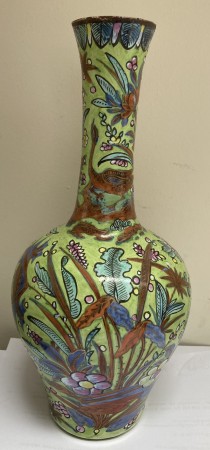
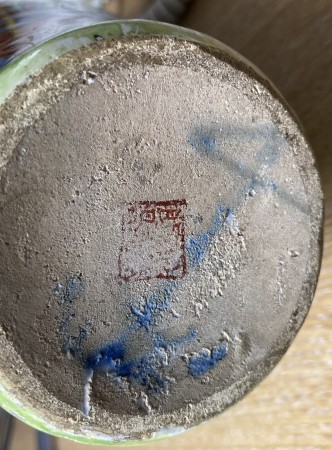
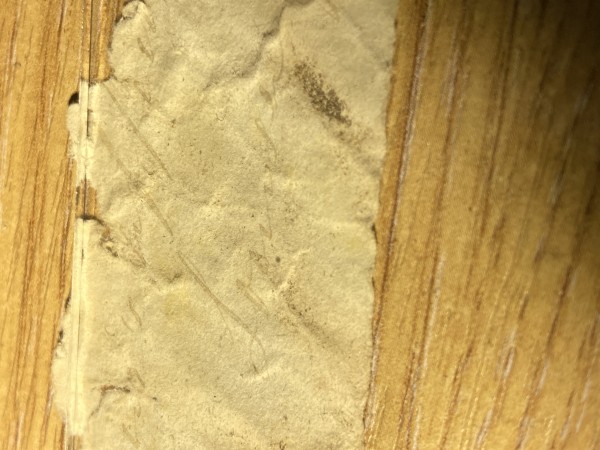
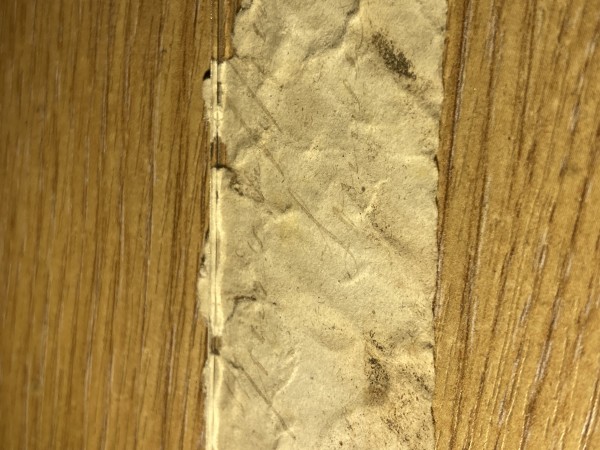
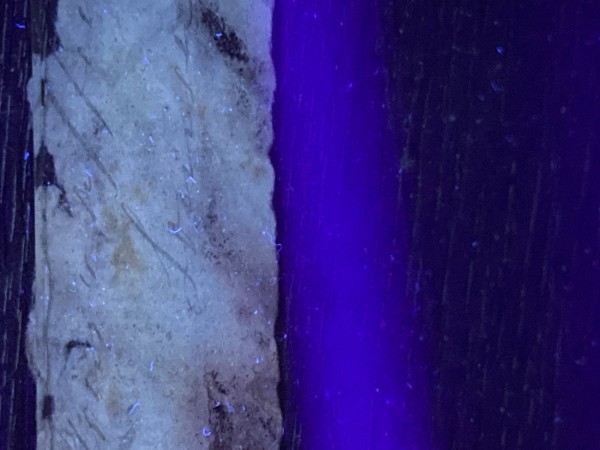
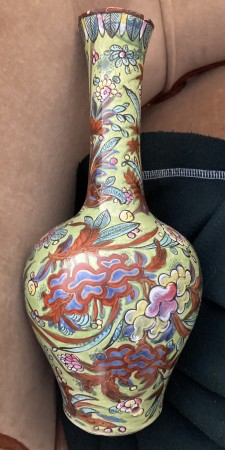









Reacties 4
Unfortunately, no authentic Delftware.
The vase is decorated with a rather busy and colorful floral pattern (plants, flowers, and leaves).The color scheme (bright green background with reddish-brown, purple, blue, and turquoise details) is typical of the Canton or Famille Verte/Famille Rose style.The narrow neck and bulging belly indicate a classic shape that was often used for export pieces in the 19th and 20th centuries.
I think that your vase is more of a glazed ceramic/stoneware and not real hard porcelain. The red stamp is also meant to be more decorative, to give it a Chinese/'Oriental' appearance.
Surface: rough, grainy, and quite thick, not as smooth and hard as typical porcelain. Color: the background and painting resemble earthenware/ceramics with glaze rather than real fine porcelain. Decoration: the bright colors and thick lines are reminiscent of majolica-like glazes or Chinese export ceramics from the 20th century.
We see a rectangular seal mark with probably two Chinese characters at the top (possibly a stylized form of 大清, 中國, or an artist's name), but the lower half is very faded.This kind of red stamp is typical for 20th-century Chinese export porcelain. Often, they are apocryphal: they imitate older imperial marks or use generic characters such as "中國製造" (Made in China) or a workshop name.
Chinese export product or European copy
Kind regards Franky
In reply to Unfortunately, no authentic… by FrankyStevelinck1010
Thank you for your message. Have you seen many ‘clobbered’ items? The red seal marks were often put on by the clobbering workshop. The body is definitely not porcelain. I am unable to read Dutch I have tried to upload an image of the upper rim but the system defeats me and there is no translation.
Verdict:
Analysis:
This is a Chinese vase made in the 20th century in my opinion. In any case not made or decorated in the Netherlands.
In reply to This is a Chinese vase made… by Femke Haitsma Mulier
Thank you for your reply. Have you seen many ‘clobbered’ items?
Add new comment
Only logged in users can post comments
Log in or register to post comments